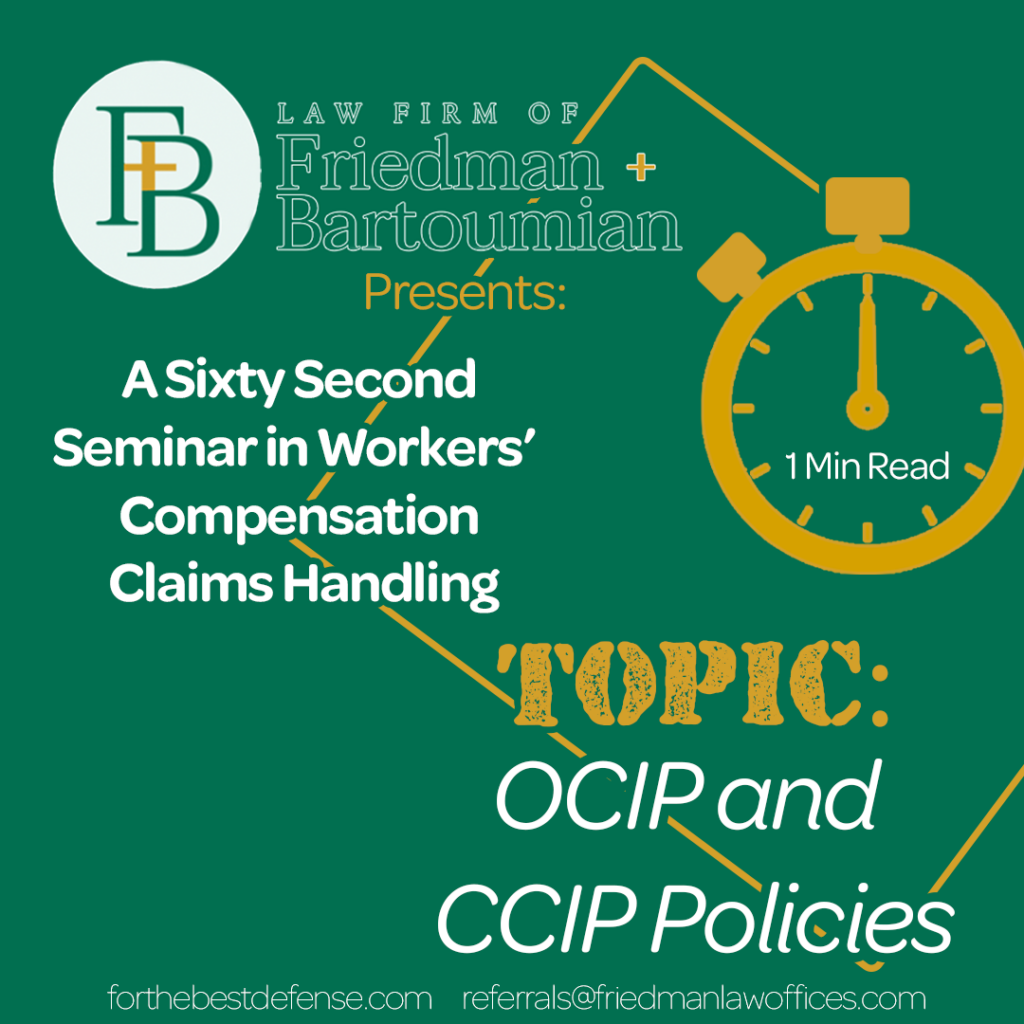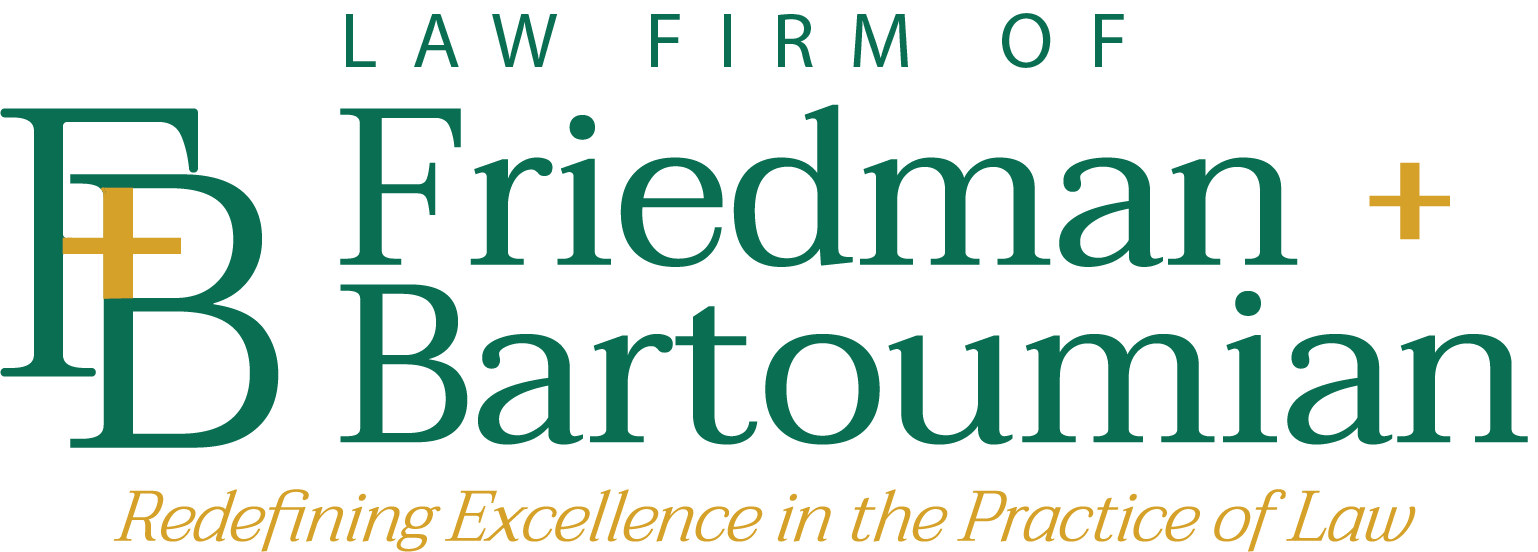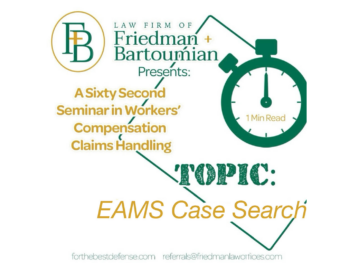
Today’s blog focuses on an advanced topic in the realm of workers’ compensation insurance. Let’s presume a general contractor is hired by a developer to build a 50-story downtown skyscraper. As the project will be a major undertaking, the project will require the use of many different sub-contractors, such as carpenters, electricians, roofers, carpet layers, floor installers, drywallers, painters, plumbers, masons, landscapers, elevator installers, cement workers, etc. The general contractor will also have a momentous task of ensuring that everyone on the project is properly licensed and covered for workers’ compensation throughout the entire duration of construction. Instead of keeping track of each sub-contractor as to their compliance with the insurance requirements of the project, the developer or the general contractor may secure coverage for all of the workers themselves under a workers’ compensation program known as an Owner Controlled Insurance Program (OCIP) or a Contractor Controlled Insurance Program (CCIP). These programs are often referred to as “Wrap-Up Policies.” Everyone working on the project is covered for workers’ compensation under the OCIP or CCIP policy with the policy providing primary coverage should an industrial injury occur. The purpose of today’s blog is to explain to employers and claims administrators’ certain rights they may be unaware of whenever their employees are covered under a third party’s OCIP and CCIP policy.
When a company is hired as a sub-contractor under an OCIP or CCIP program, its employees are afforded two sources of workers’ compensation coverage: the company’s existing workers’ compensation policy remains in force, and in addition, the OCIP or CCIP policy is added to provide primary coverage if an injury occurs when working on the construction project. Recognizing the existence of dual coverage leads us to our first claims handling tip.
Presume an employee worked at a construction site for 6 months under an OCIP/CCIP policy, and afterwards returned to regular duties at other projects for the employer. A few months later the worker files a cumulative trauma low back injury claim. The employer reports the claim to their insurance carrier, who normally is totally unaware of past construction projects. Unless the employer advises their insurance company of the OCIP/CCIP policy, the carrier will never know that other insurance exists to share in the loss. Therefore, our first tip today is for employers to make certain their claims administrator is aware of all OCIP/CCIP coverages applicable during the one-year CT injury period so that contribution can be sought.
Our second tip involves clerical workers who usually are not covered under an OCIP/CCIP policy. However, exceptions do exist. We are aware of a case where a clerical worker for an electrical company would often deliver electrical supplies, tools, and equipment to workers at an OCIP project. These deliveries played an integral role in the electrical work being performed at the project. The office worker later filed a CT injury claim from routine office work; but because the employer added the delivery of supplies to the OCIP project, that coverage was added to the claim by the employer as a contributing factor. The OCIP carrier was then joined into the case as a co-defendant. Although the applicant was not an electrician, the fact that she was principally an office worker did not disqualify the company from seeking contribution under the OCIP policy, because delivery duties brought her within the scope of OCIP insurance coverage. In such instance the OCIP carrier paid $175,000 in contribution to the employer’s underlying work comp carrier.
If your company deals with OCIP or CCIP programs, feel free to contact Friedman + Bartoumian for assistance, even if the program has already terminated, as there still may be opportunities to recover contribution against those policies.


 AI in Work Comp: A 60-Second Seminar in Workers’ Compensation Claims Handling
AI in Work Comp: A 60-Second Seminar in Workers’ Compensation Claims Handling
Leave a Reply